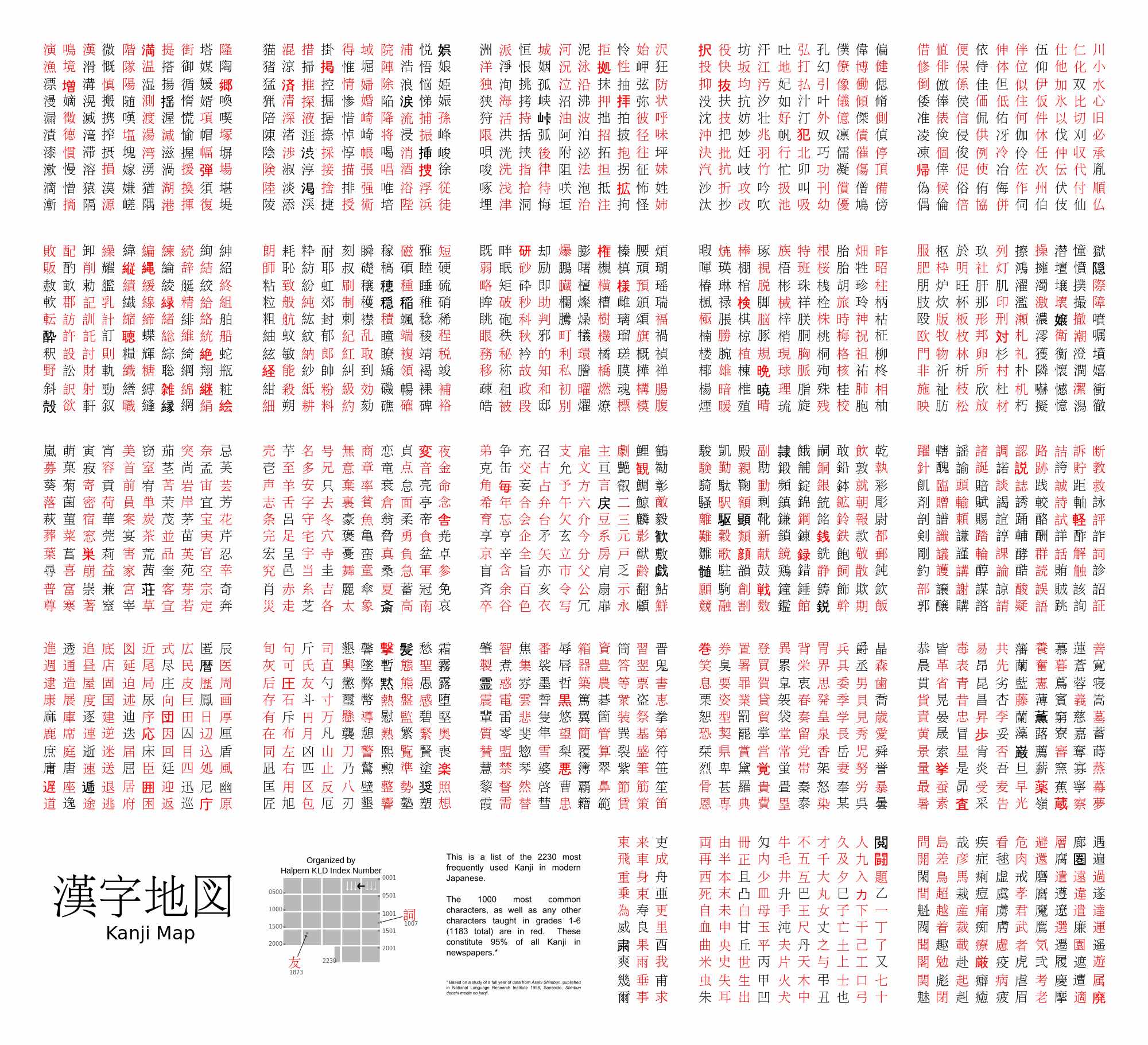

To understand and write a Japanese text, one must master three different writing systems, all of which are interrelated and used in different situations.
Hiragana and Katakana are syllabic scripts that contain all phonemes of the Japanese language and consist of 45 characters each. The kanji, on the other hand, correspond as far as possible to the Chinese characters. There are ca. 50,000 of them, of which 2136 are taught in school.

The 2136 Jouyou Kanji

Kanjis are nowadays mostly learned by L2 learners using a spaced repetition system like Anki. An algorithm tries to predict when a card will be forgotten.
The learning intervals are then adjusted accordingly. But many kanji are difficult to distinguish, and learning with Anki is often perceived as dull, repetitive and unemotional. The learning experience is thus sensitively flattened by this "pressure tanking".

Mojiro addresses this problem - new kanjis can be colored according to one's own feelings or mnemonic bridges. This creates a personal connection to the character, making the learning experience more efficient and multi-layered.
Abstract concepts such as depression and friendship can also be colored with associated colors. This system is thus far more flexible than systems such as Chineasy, where only figurative kanjis can be learned effectively.

